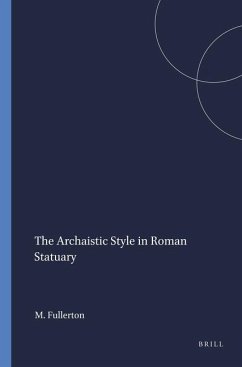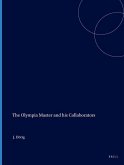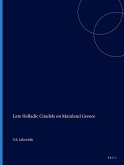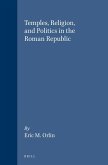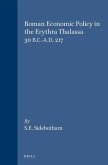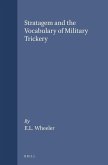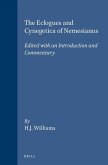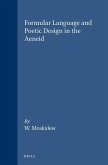This book deals with the use of archaistic stylistic elements (i.e., those which revive or imitate features of Greek Archaic art) in free standing statuary dating from the second century B.C. to the third century A.C. The main objective of the study is to determine how the archaistic style was used, what prototypes were imitated, what subjects were represented, how the replicas of statue types were distributed, how these statues were displayed, and what prompted such stylistic anachronism. The introductory chapter deals with general problems of archaism in ancient art and the specific questions pertaining to statuary in the round. The body of material, nearly three hundred pieces in all, is organized by type on the basis of pose and garment arrangement. In a concluding chapter, evidence from the body of the study is collected and possible answers are suggested for the questions outlined above. This study contributes to the currently widespread scholarly interest in stylistic revivals (especially classicism and archaism) which occurred not only in Roman times, but in earlier and later periods as well.
Hinweis: Dieser Artikel kann nur an eine deutsche Lieferadresse ausgeliefert werden.
Hinweis: Dieser Artikel kann nur an eine deutsche Lieferadresse ausgeliefert werden.

